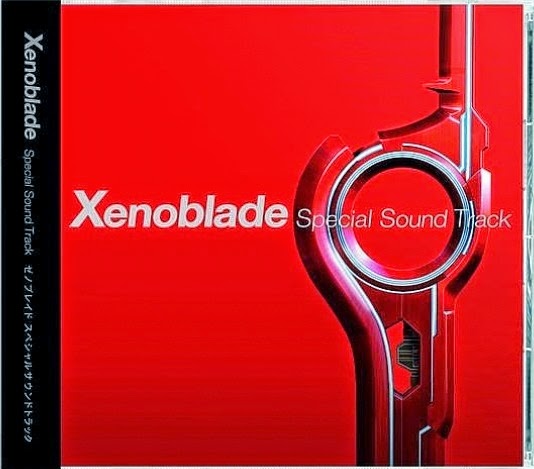

As a big Portal fan, I was excited to try the recently-released FPS puzzle game Standpoint by Unruly Attractions. I was especially intrigued by how the game tackles grief as the overarching subject matter, woven into the gameplay. One Steam review called it “a great example of how gameplay mechanics can be used to convey emotion.” While I agree with that statement, I’m sorry to report that disappointment was the strongest emotion I experienced while playing.
The central conceit in Standpoint is that the labyrinthine game world itself is a metaphor for navigating the stages of grief. The game’s main levels are titled Denial, Anger, Bargaining, and Depression. As you command gravity to overcome obstacles, a female narrator periodically chimes in with disembodied stream-of-consciousness dialogue that underscores the discovery of a new mechanic or solving a particular puzzle.
The voice narration is of excellent quality, and as the game starts, you experience an interesting interplay between the tangible puzzles that you face and the intangible voice that provides commentary. Unfortunately, that interesting dynamic and the compelling theme of the game quickly fade into the background of an unnecessarily long and mediocre puzzle game.
The easiest gameplay parallel to draw alongside Standpoint is Portal, though it also had me reminiscing about the first time I played Descent. The gameplay is a fully three-dimensional experience. By aiming and activating your reticle at a wall, you can switch gravity so that you fall onto a different plane, and the game world reorients. From this basic mechanic, the developers extrapolate just about every kind of puzzle they can to prevent you from reaching the level’s end—moving walls, spheres that flip you around, glowy things that kill you, box-on-switch puzzles, etc. The controls are very simple because this gravity-switching ability is the only thing your character does, other than moving a few Portal-esque boxes in predictable ways.
With so many similarities to Portal, this dull box in Standpoint had me yearning for the companion cube.
Perhaps it’s because most FPS games these days are AAA titles with huge art teams, but I found Standpoint‘s graphics to be a letdown. There is not much variation in colors, textures, or lighting, and where some indie games can make low-budget look awesome, Standpoint’s graphics just feel ‘meh.’
As for the game’s music, it is initially enjoyable and somewhat responsive to the action of the player. But like the rest of the game, the enjoyment quickly faded into monotony as the same loops of music played through overly-long levels. Standpoint reminded me just how valuable pacing and variation are in terms of gameplay, setting, and sound; it just didn’t deliver on those points.
After traversing Standpoint‘s puzzles pretty competently for about an hour, then realizing that I was still on the first stage—with the exact same music, exact same setting, and very repetitive puzzles—my hopes were dashed.
These glowy spheres will flip you around, which is neat at first, but like most of the content in Standpoint, overused.
The voiceover and unfolding story of the narrator’s grief began to feel like an afterthought—a slim deus-ex-machina to create a bunch of 3D puzzles that aren’t that great, and are drawn out past any storytelling need. In this way, Standpoint feels like a superb idea that manifested as a missed opportunity.
I’ll readily admit that my experience with Standpoint is coming from someone who values storytelling innovation much more than strict puzzle gaming. People who want to play it as a straight puzzle game (and even turn the narration off, which is an option) will likely get the most out of this game. However, with the poor graphics, monotony, and lack of cohesion, I have a hard time recommending it to anyone for its $12.99 price tag.
Standpoint is available now on Steam.




 The Best Gaming Podcast Ever: Episode 9
The Best Gaming Podcast Ever: Episode 9 How to farm Middle-earth: Shadow of Mordor Mirian or Runes
How to farm Middle-earth: Shadow of Mordor Mirian or Runes How to Change Brightness of PS VITA screen
How to Change Brightness of PS VITA screen Xenoblade Chronicles (3DS) in Japan includes OST
Xenoblade Chronicles (3DS) in Japan includes OST Destiny The Taken King - Touch of Malice guide
Destiny The Taken King - Touch of Malice guide